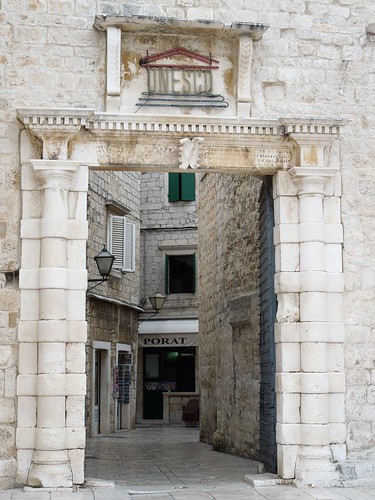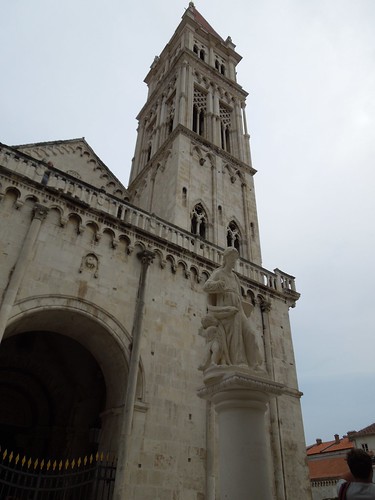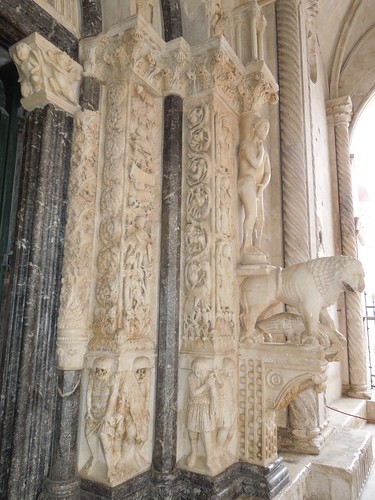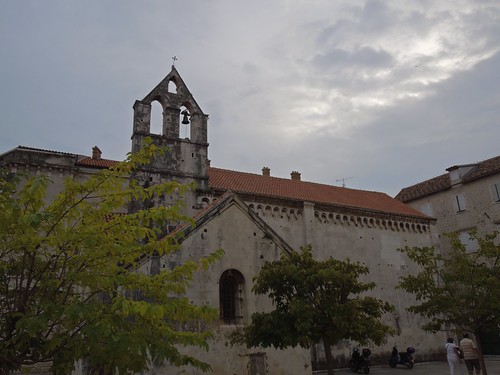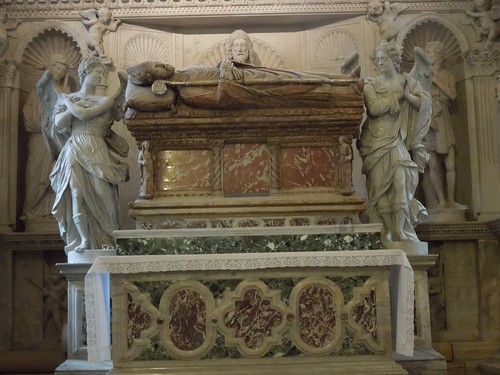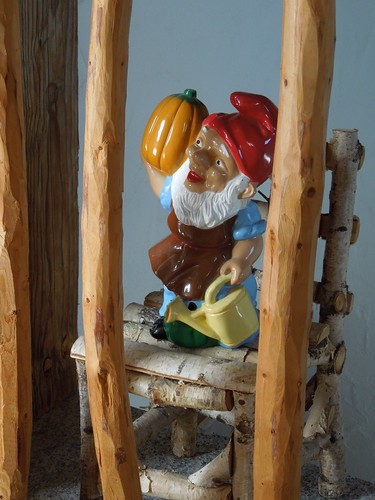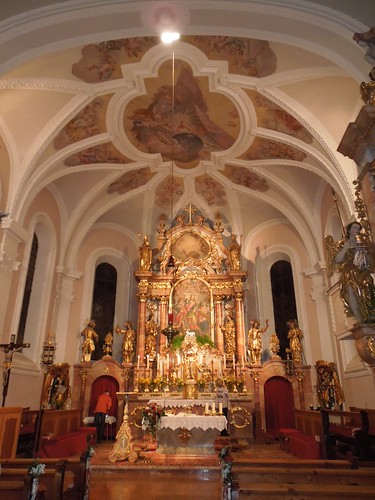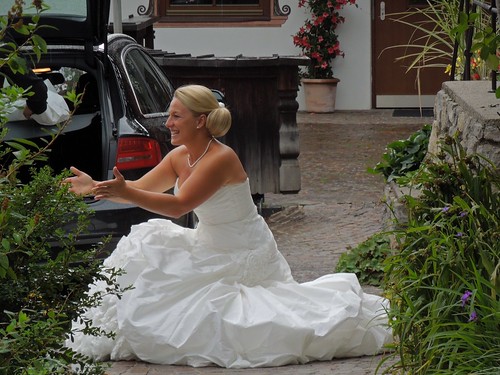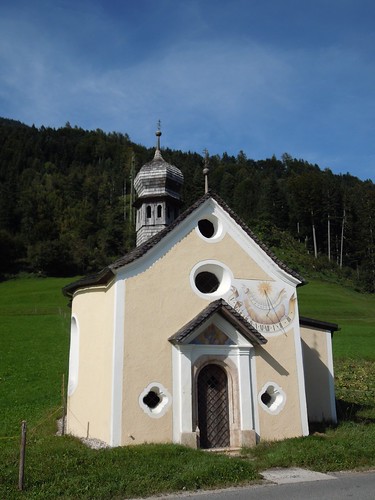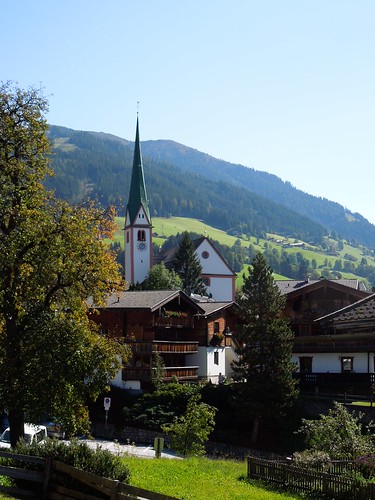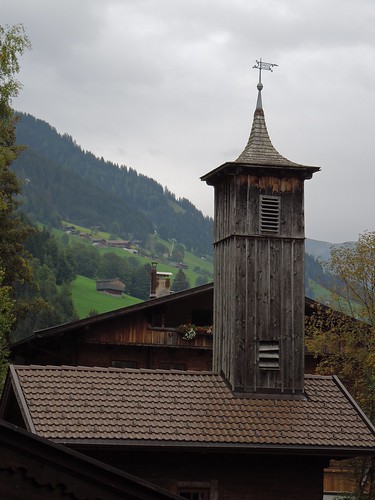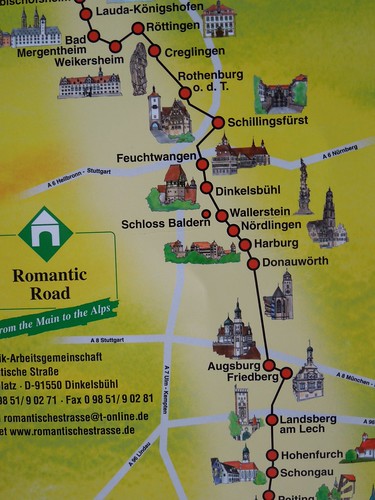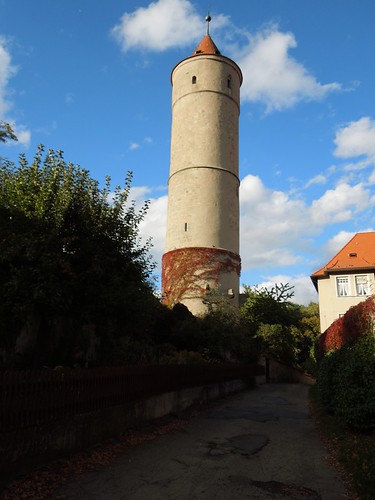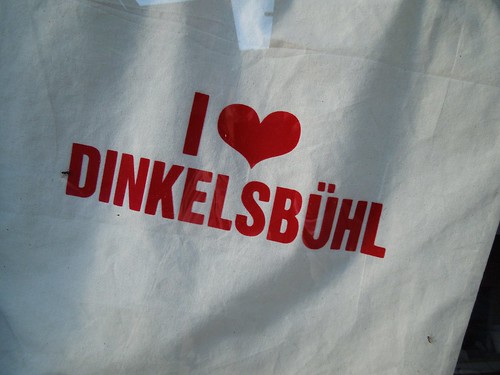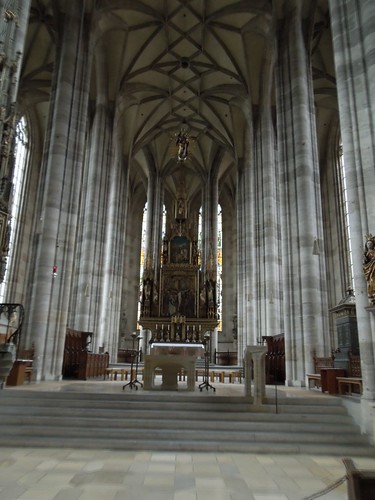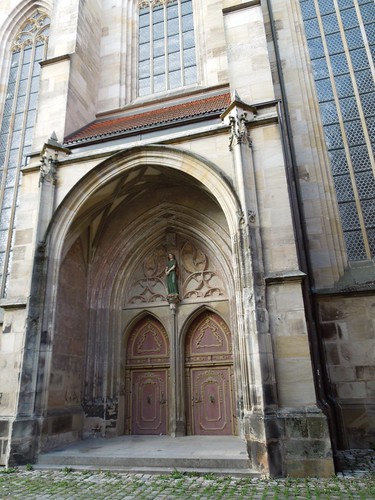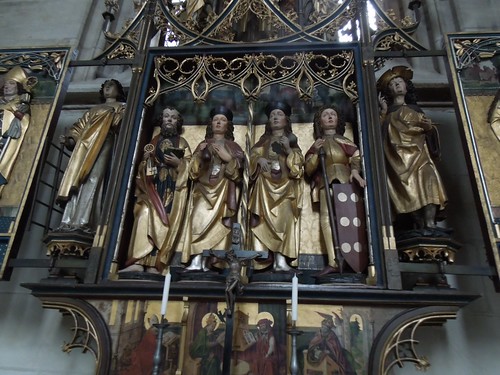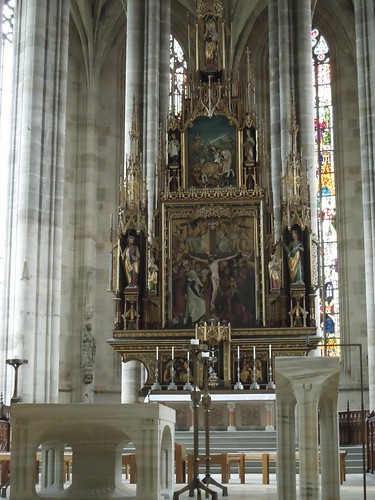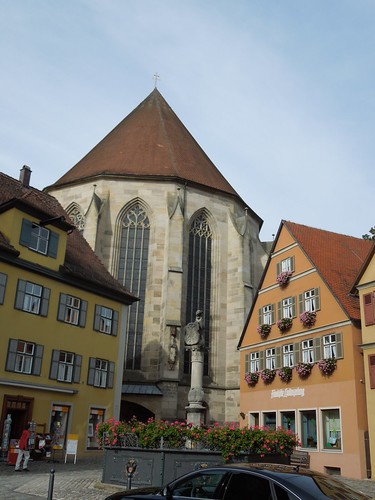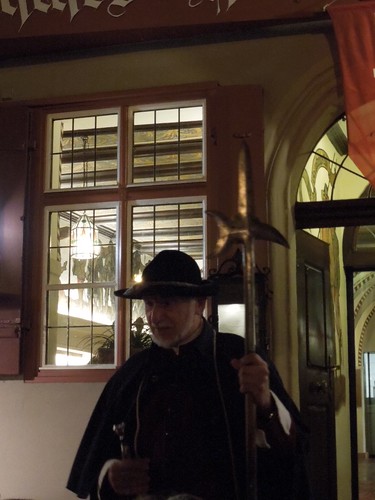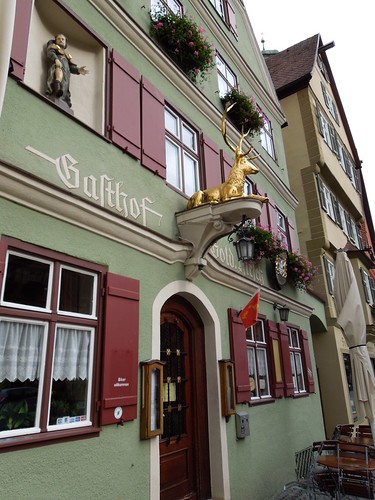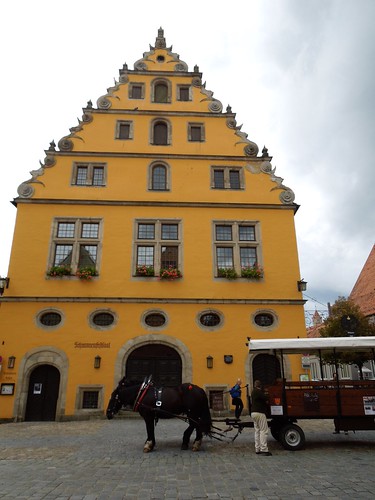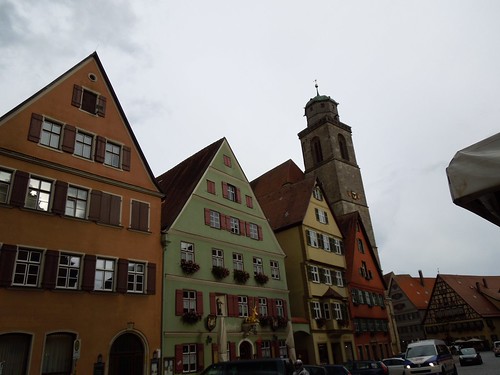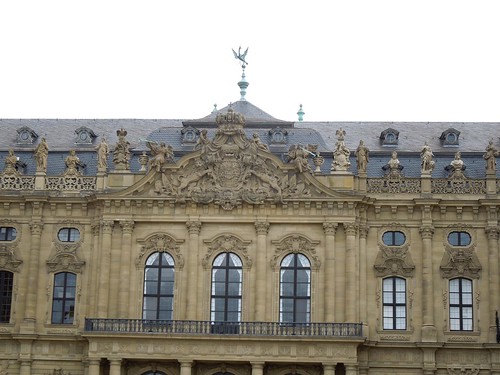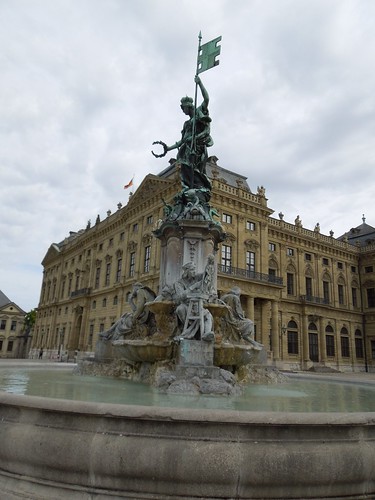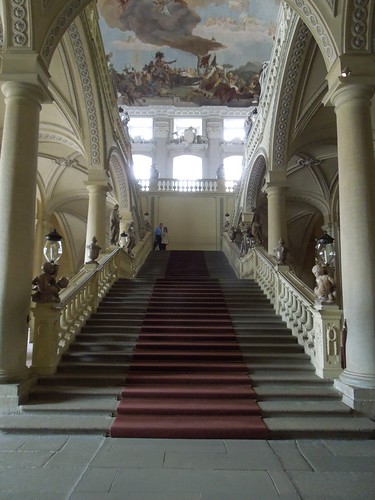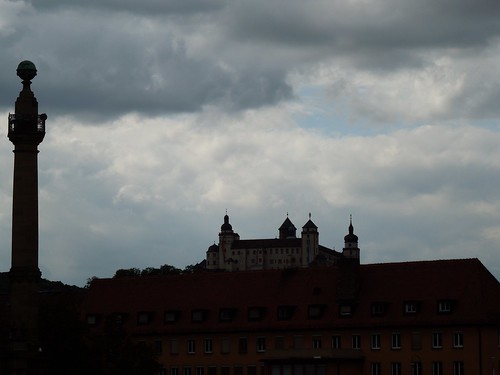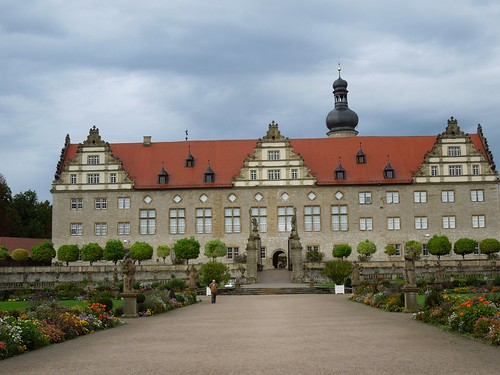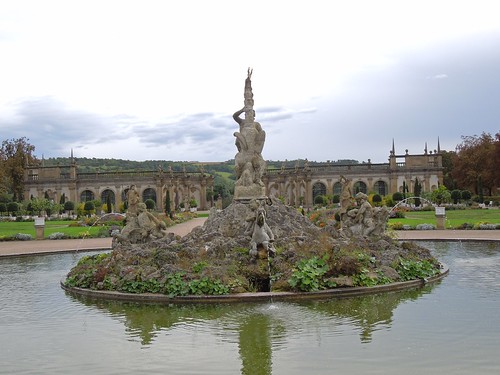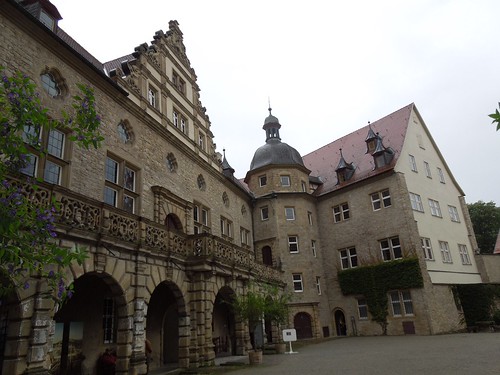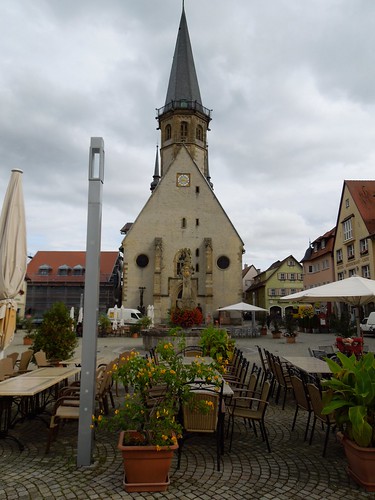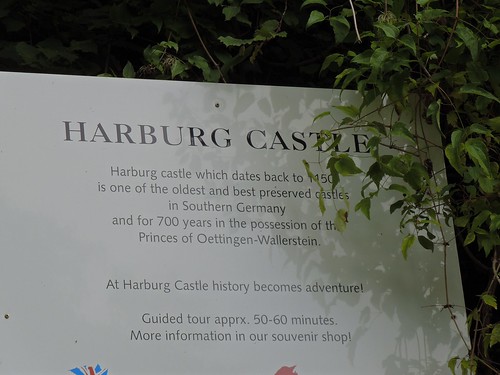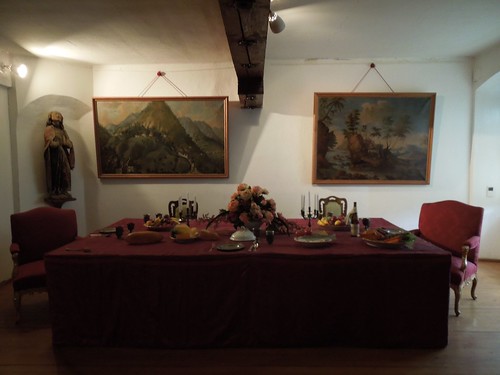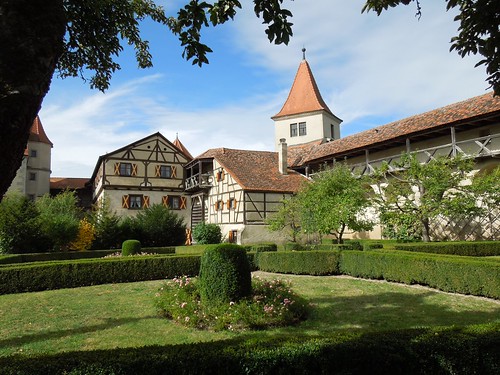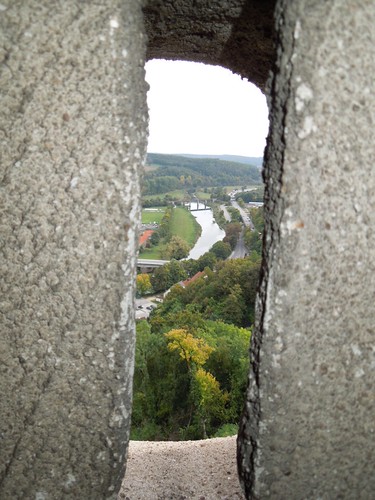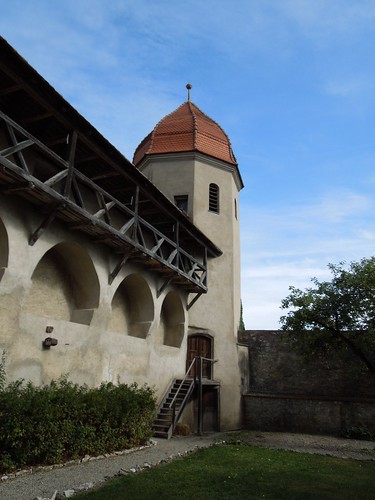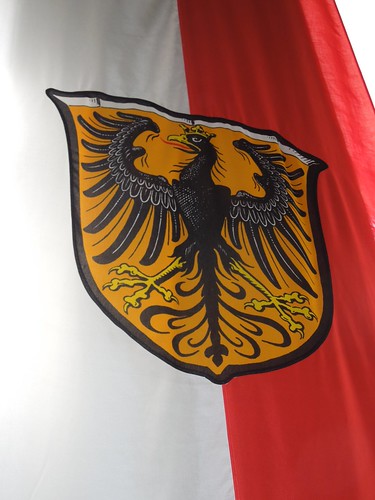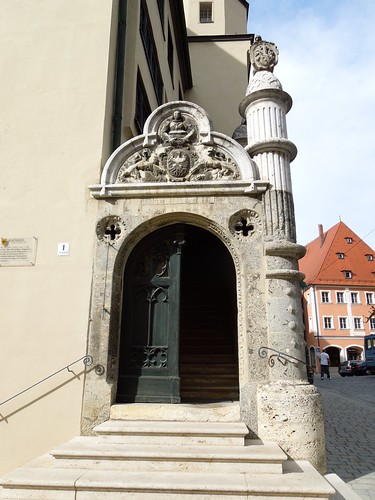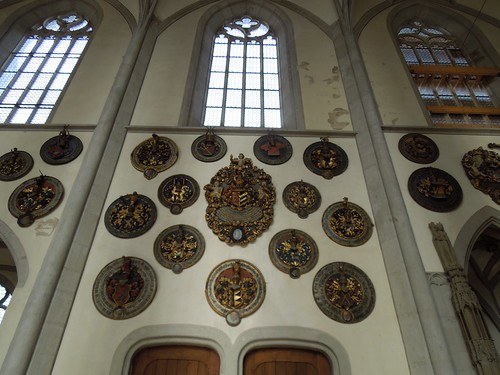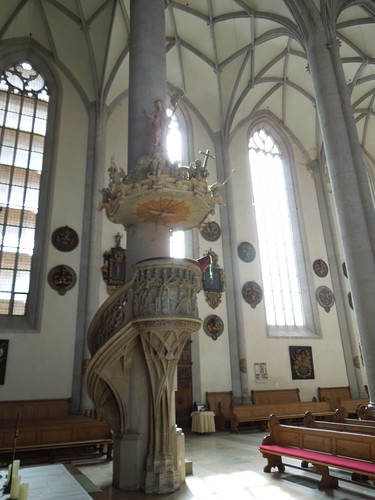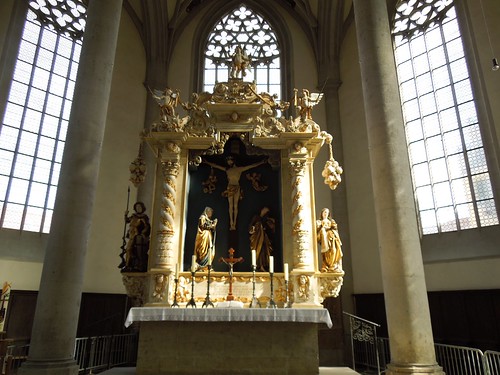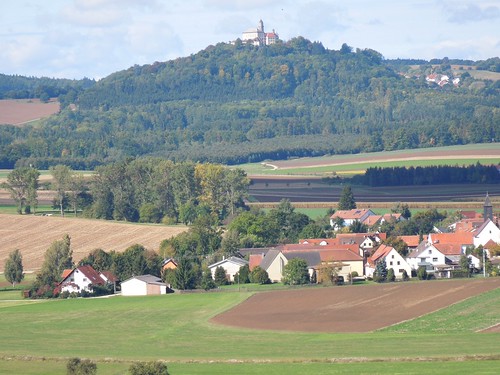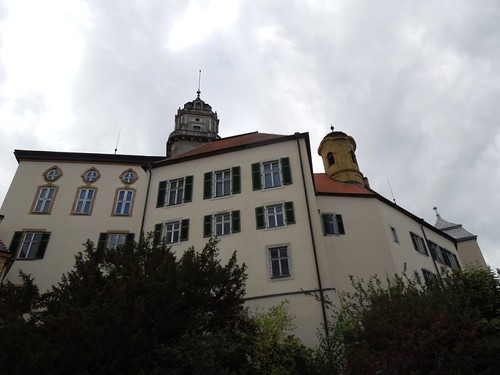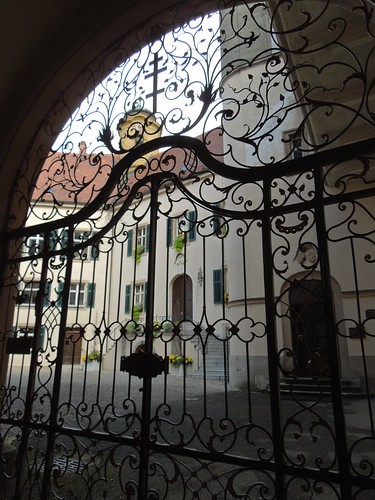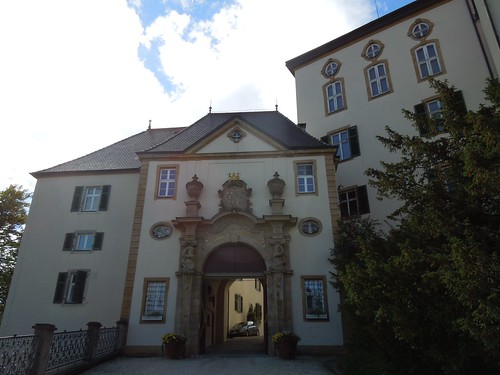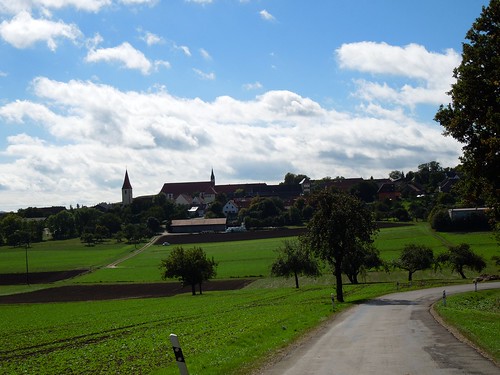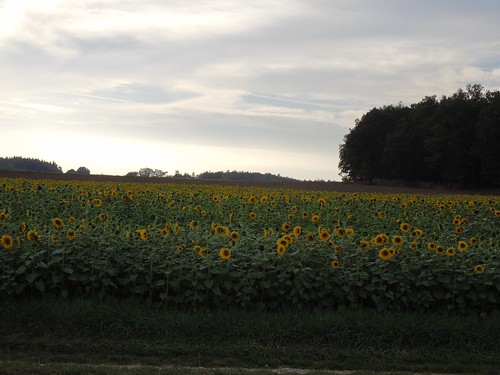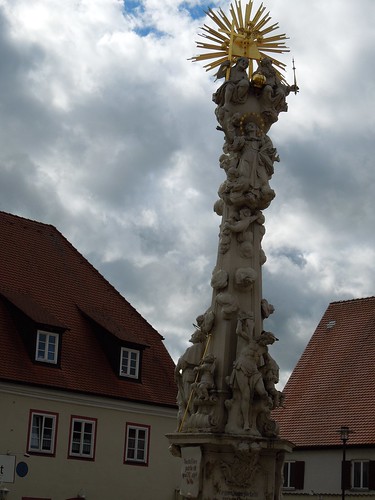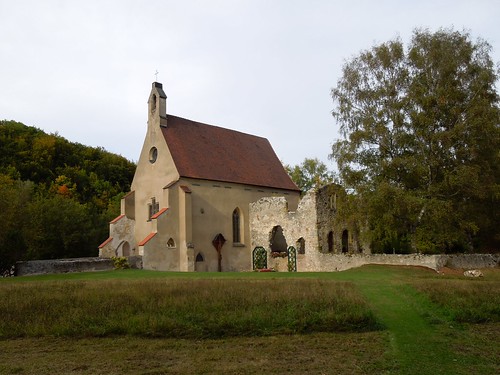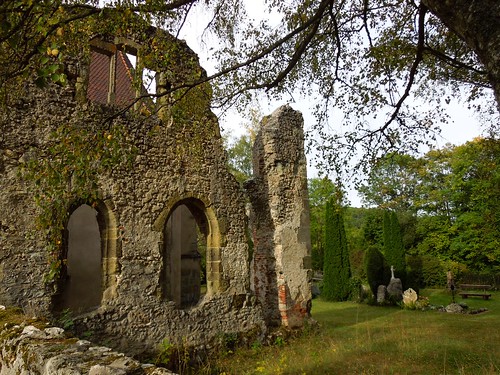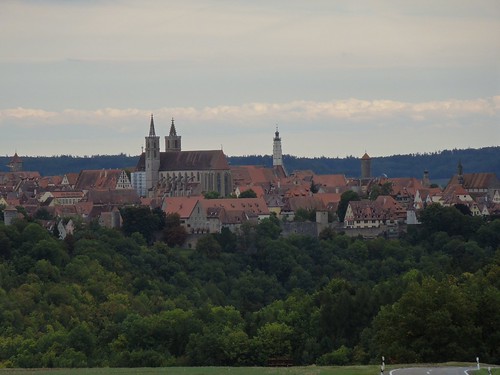TROJIR, CROATIA
Our drive further North on the Dalmation Coast continued to provide beautiful vistas to the Adriatic.I made this same drive in the early 90's when Croatia and Bosnia - Herzegovina were still part of Yugoslavia. Dubrovnik was a sleepy seaport harbor, and was not yet discovered by tourists. There were 3 choices for hotels, and the sidewalk cafes were populated by locals. It was a pristine medieval walled town. I climbed the walls, and walked along the top. The very walls that were blown up during their civil war, were rebuilt, and now contain hoards of tourists. The tour buses line the walls of the city. I chose not to stop in Dubrovnik or Split on the drive West. I wanted to remember these towns as they had been.
Trojir, is 12 miles west of Split along the Coast. Trojir has been a UNESCO heritage town,since 1997. It is a beautiful walled small island, and was founded by the Greeks in 3 century BC. Eventually the Italians occupied it, and after WWII, it became part of the Yugoslav Republic. Trogir is the best preserved Romanesque-Gothic complex not only on the Adriatic, but also in Central Europe. Trojir's main core surrounded by walls houses palaces,castles and churches. It's main attraction is the Cathedral of St Lawrence. Its western portal is a masterpiece by Rodavan, and is the most significant masterpiece of Romanesque-Gothic style in Croatia. (1240)
ALPBACH , AUSTRIA
The "girls" spent 3 days in Alpbach, relaxing, swimming (indoors), and hiking. Alpbach is in Western Austria.The village of 2,300 inhabitants has many "awards" - "The most pure air in all of Austria'; "Austria's Most Beautiful Village"; an award for their assistance in European Untiy; and the "most beautiful floral village in all of Europe". We took a ski lift to the top of a local ski run, and hiked on top of the mountain admiring the vistas in the valley, and surrounding villages.
There is a tradition in Tyrol (the area where Alpbach is located), that when a villager gets married, the entire village is invited. While we were there, a wedding took place. The bride was from Alpbach, and the groom was from a neighboring village. There were 500 wedding guests in the hotel. We were also invited to the wedding as tradition dictates.
DINKELSBUHL,GERMANY
We made the 4 hour drive to Austria's neighbor, Germany. We stayed in this central area of Germany - south of Frankfurt, and east of Munich. Dinkelsbuhl, is a small village in the center of the "Romantic Road". This is a 250 mile stretch of road beginning with Wurzburg in the north, and Fussen in the south. The "road" consists of 26 cities, towns and villages with numerous sights. The area has old castles,unspoiled villages and gorgeous natural countryside beloved of poets of the "romantic" period. The charm of the "road" also stems from the large number of minor rulers, both spiritual and worldly, that used to reside here. The High Masters of the Deutscher Orden, an Order of chivalry, left their castles to posterity. These historic towns are so well preserved that you might think that history had held its breath here. The Oettingen-Wallerstein dynasty still present, and living in their family castle in Wallerstein, traces their family history back 100's of years.
Dinkelsbuhl (our "home "for 4 days)
The orignial settlement arose as the court of a Frankish king and was fortified before the start of the millennium as a place of refuge on the trading routes. The town looks like a painted picture. The brightly painted building fronts, and the four tower walls that line the medieval town. The central Gothic structure in the town is St George's church. (1448-1499).. The church was built by master builders Nikolaus Eseler and his son. St. George is one complete unit - uniform inside and out. There have been no baroque or Romanesque additions, and the church is perfect Gothic. The High Altar was produced during this time, and is set in a neo-Gothic housing.
Wurzburg Residence and Court Gardens
The former residence of the Wurzburg prince-bishops is one of the most important baroque palaces in Europe - UNESCO list. Originally designed for Prince-Bishop Johann von Schonborn by Balthasar Neumann, it took 60 years to complete. Neumann's world famous staircase, roofed by an unsupported vault, was decorated in 1752 by Venetian Giovanni Tiepolo with a ceiling fresco representing the four continents. The painting is 60 feet by 100 feet is one of the largest frescos ever created.
Weikersheim
The castle for centuries was the residence of the once mighty Counts and Lords of Hoheniohe. The interior is completely preserved, most of it dating from the 18th century. The gardens of the palace take you back to the baroque age with their geometrically arranged flower-beds and paths, an orangery, and regiments of statues from antique times and from Cout life in the 18th century.
Harburg Castle
The origin of the castle dates back to the first half of the 11th century. The castle was the property of the Staufer royalty. In 1299, the Habsburg royalty gave the Harburg as a pledge to the Counts of Oettingen. The castle then belonged to the Oettingen line for nearly 700 years. Since the 18th century it has been owned by the princes of Oettingen-Wallerstein.
Nordlingen
This town became one of the most important trade fairs of Upper Germany. This brought it economic and political power. The town hall or Rathaus was built in the 13th century as a traders' market, but has been used as the town hall since 1382 which makes it one of the oldest in Germany. The outside Renaissance staircase is a magnificant sample of the mason's work. St George's Church has a 295 foot tall tower which can be seen from distances throughout the road. The High Altar has late Gothic sculpture, and late Gothic font.
Baldern Castle
The castle can been seen perched majestically on top of the highest hill for miles. It was built for Oettingen-Balderen in the 15th century. The chapel was built in 1730 and has impressive stucco works created by the brothers Schwietzer. The armory collection is extensive and impressive.
Scenes driving along the "Romantic Road"
The "Girls" will check in to our farmhouse in Normandy, where we will live for the month of October.
By the way, the car has 15,200 miles on its odometer!!!!
